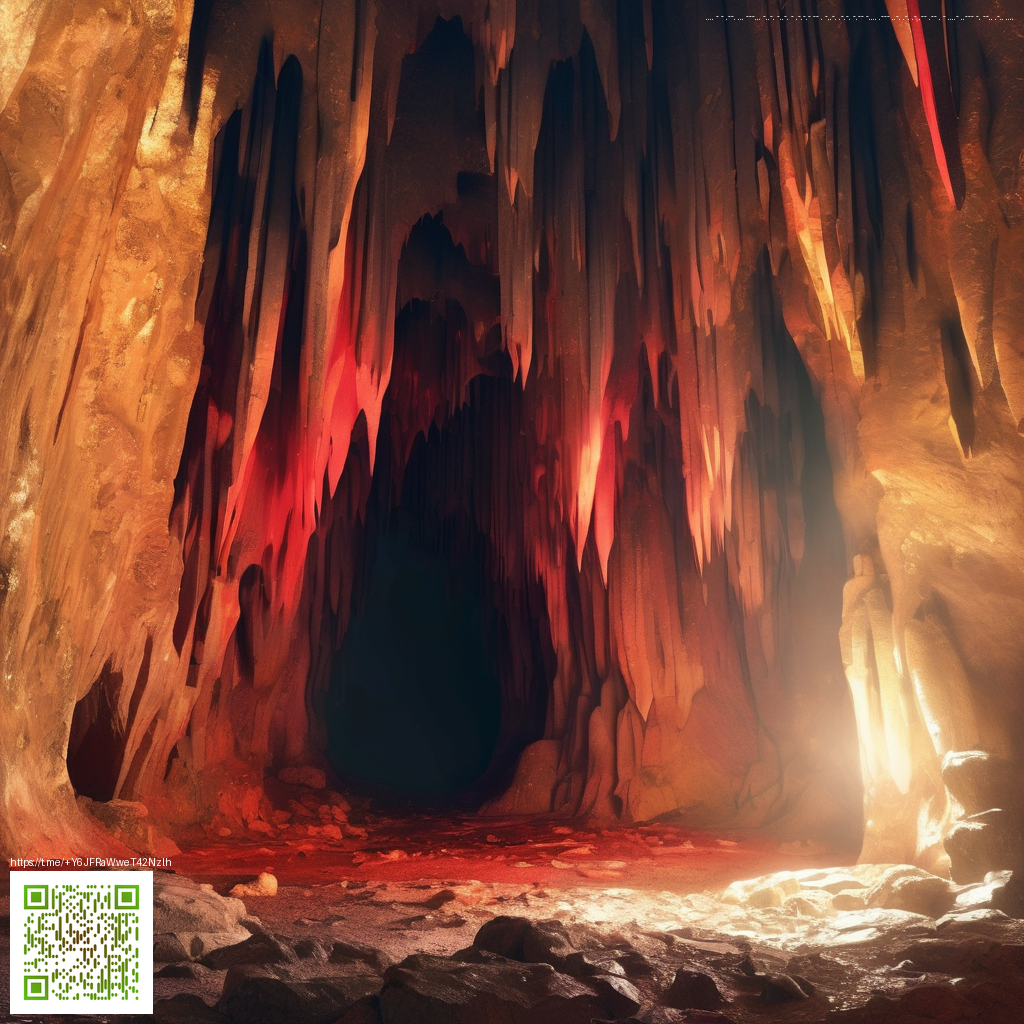
Texture and Perception in Visual Design
Texture is more than decoration in design: it’s a psychological signal that influences how we perceive products, spaces, and interfaces. When we see a surface—whether it resembles the grain of wood, the slickness of glass, or the subtle granularity of a fabric—it triggers quick judgments about value, durability, and even safety. The right texture can make a design feel premium and tangible, while a mismatched texture can undermine trust even before a user reads a word.
There are two kinds of texture designers often talk about: visual texture and tactile texture. Visual texture uses light, shadow, and pattern to imply roughness or smoothness on a flat screen or page. Tactile texture, by contrast, is about the imagined feel—how a surface might actually grip your fingers or warm to the touch. The brain blends these cues to form a cohesive impression, and subtle choices can tilt perception in subtle but meaningful ways.
From Matte to Gloss: How surface language shapes mood
Glossy surfaces can convey modernity, precision, and immediacy, yet they also reveal fingerprints and glare, which can impact perceived usability. Matte textures, on the other hand, often communicate warmth, approachability, and refinement, but may conceal information about durability if overused. The texture language you choose should align with the brand’s personality and the user journey. In UI, for example, a soft, grainy texture might reduce glaring contrast in dark themes, while a crisp, clean edge signals clarity and efficiency.
Texture is the unsung translator of mood and meaning in design.
Key texture cues guide quick impressions. A rough edge on a call-to-action can imply strength and reliability, while a silky sheen on a card component can suggest luxury. Designers deliberately mix textures to create depth, guide attention, and set expectations—without distracting from core content.
A tangible example: texture in physical products
Even in physical products, texture plays a critical role in perception. Consider a Phone Case with Card Holder (Clear Polycarbonate)—a product whose form is sleek and transparent. The material choice communicates durability and simplicity, but its surface texture can influence grip, comfort, and how premium the case feels in the hand. In catalog imagery and on product pages, subtle surface cues—gloss levels, micro-scratches, or matte coatings—help users infer tactile qualities. This is where texture becomes a bridge between digital presentation and real-world use.
For designers exploring texture beyond the product page, a broader discussion on how texture shapes perception can be found here: this reference page. It offers a thoughtful overview of how subtle surface decisions ripple through usability, aesthetics, and brand storytelling.
In digital environments, texture can also be simulated to enhance feedback. Micro-details like a faint noise texture behind a button, or a gentle gradient that suggests depth, can make interactions feel more tactile without increasing cognitive load. The goal is to strike a balance: textures should support readability and speed, not hinder them. When in doubt, test with real users and observe whether the texture reinforces the message or distracts from it.
Practical tips for applying texture in design
- Define texture to match intent: match rough textures with sturdy, utilitarian brands and smooth textures with premium, refined brands.
- Layer textures strategically: combine a dominant visual texture with subtle secondary ones to convey depth without confusing the user.
- Consider lighting and contrast: texture works with lighting; darker backgrounds can reveal textures more clearly, while high-contrast contexts emphasize clarity.
- Test across devices and contexts: what reads as textured on a large screen may vanish on mobile; verify legibility and feel in real-world usage.
- Balance accessibility: ensure that texture choices don’t replace essential indicators like color contrast and clear affordances.
Texture is a powerful, often understated, tool in the designer’s toolkit. When used intentionally, it guides perception, elevates usability, and reinforces brand personality—whether you’re shaping a digital interface or a tactile product experience.